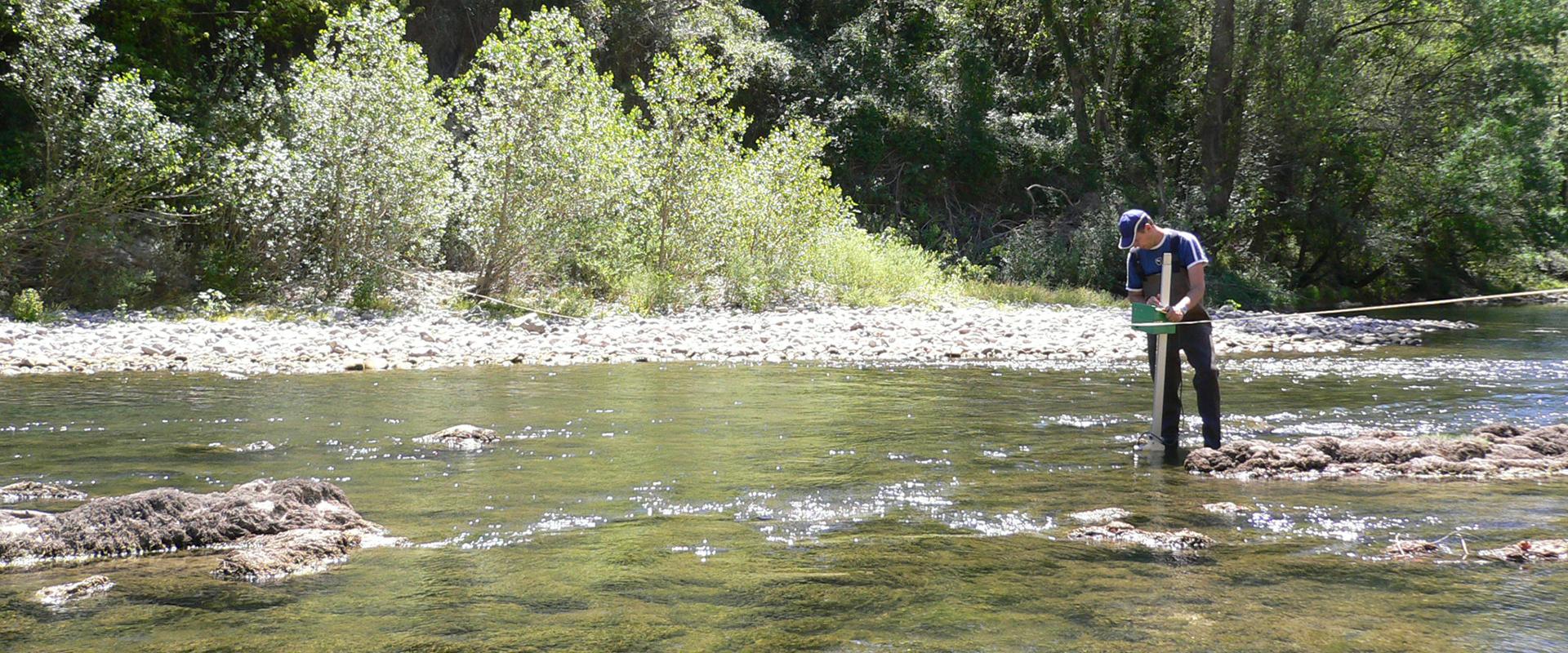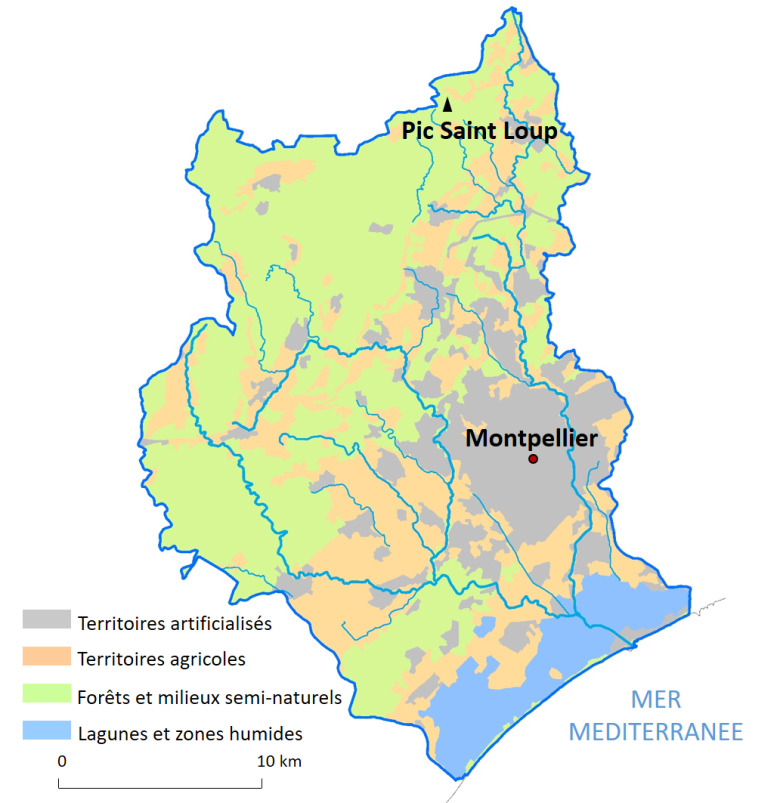Challenges and needs
Nature-based solutions (NBS) are increasingly being promoted as a means of reducing water-related risks, particularly flood risks. Beyond this main advantage, such solutions also provide a variety of ecosystem services: combating climate change, improving air quality, regulating urban temperatures and protecting biodiversity, etc.
However, they can also generate certain negative effects (allergies, mosquitoes, urbanisation constraints, etc.). One major obstacle to the development of these solutions is that the rules for financing the implementation of public policies are based solely on the benefits of flood prevention. However, these benefits are often not sufficient to offset the costs of implementation.
Learning the preferences of the population is a key step for local authorities in charge of developing public policies based on NBSs. This makes it possible to correctly assess the appropriateness of implementing such solutions, to anticipate opposition, and to consider possible compensation mechanisms for those categories of the population that may be negatively affected.
Work carried out
The Lez catchment area (640 km²) covers 43 communes (municipalities) in the Hérault department, including Montpellier. It is characterised by a Mediterranean climate with periods of very heavy rainfall, leading to sometimes rapid and violent flooding. Most flood damage is due to urban runoff. The strong attractiveness of Montpellier (282,000 inhabitants, the French commune with the fourth largest gain in population over the period 2012-2017) has led to rapid urbanisation of the basin with the loss of 3,000 hectares of natural and agricultural areas. Significant investments have been made to manage flood risk, but the risk of run-off flooding, exacerbated by the rate of urbanisation, remains a major challenge.
As part of NAIAD, the European H2020 research project, BRGM conducted a survey to assess the population’s preferences for two types of NBS to reduce flood risks across the Lez catchment area:
- Conservation of natural and agricultural areas (limitation of urban sprawl by densification of housing);
- The introduction of nature in the city (de-sealing surfaces in public spaces, vegetated car parks to facilitate draining, vegetated ditches along the streets, retention basins).
These NBSs were identified through a consultation process with the main stakeholders in the region.
The work carried out also aimed to highlight the co-benefits and negative effects associated with them, and to identify the factors influencing these preferences.
The approach was organised around a choice-modelling survey to assess people’s preferences for NBSs. Choice modelling is a method based on statistical models whose objective is to analyse the factors that influence people’s choices (in our case, the choice of flood-risk management strategies based on NBSs). The factors can be both the characteristics of the proposed strategies and the individual characteristics of the respondents.
The approach consisted of three main stages:
- The drafting of the questionnaire through two workshops and interviews with local stakeholders, and its validation during a test phase;
- Dissemination of the online questionnaire and collection of responses;
- An econometric analysis of the results.
Results obtained
The analysis highlights the main ecosystem services and negative effects associated with NbSs, an assessment of the monetary value that residents place on these solutions, and the influence of the individual characteristics of residents on these preferences.
The results obtained from 400 households residing in the Lez catchment area confirmed the diversity of ecosystem services and negative effects associated with NBSs. The introduction of nature in the city is on average perceived as having fewer negative effects than the conservation of natural and agricultural areas. The respondents also associated more negative effects with the most ambitious levels of implementation.
The households attached, on average, a positive value to the net co-benefits generated by these different NBSs, estimated at between €141 and €180/household/year depending on the level of ambition.
However, there is significant heterogeneity in preferences, with significant differences in values between households, and with almost half of the respondents attaching a very low or even negative marginal value to the implementation of NBSs at the most ambitious levels. Age, income, location of respondents along an urban-rural gradient, and the relative importance attached to recreational services are factors that explain this heterogeneity of preferences.
By comparison, the benefits associated with reducing flood risk by introducing nature into the city at the most ambitious level have been estimated at €29m, with estimated implementation costs of €148m (excluding the opportunity cost of land). As a first approximation, considering that 225,000 households live in the catchment area, the total discounted value of the average net co-benefits associated with these NBSs is estimated at €363m. These results show that the net co-benefits generated by these solutions could be sufficient to justify local authorities’ investment programmes for ambitious NBSs.
However, the results also show a high degree of heterogeneity in preferences, which may reflect inequalities in the effects of these solutions across the catchment area. It is important to take these differences into account from the design phase of NBSs, in order to anticipate possible opposition, to think about possible compensation mechanisms, and thus facilitate the adoption of NbSs.
Partners
This work was funded by the European Commission within the framework of the H2020 NAIAD research project.
Publication
Hérivaux and Le Coënt (2021), Introducing nature into cities or preserving existing peri-urban ecosystems? Analysis of preferences in an urbanizing catchment. Sustainability 13(2), 587.








